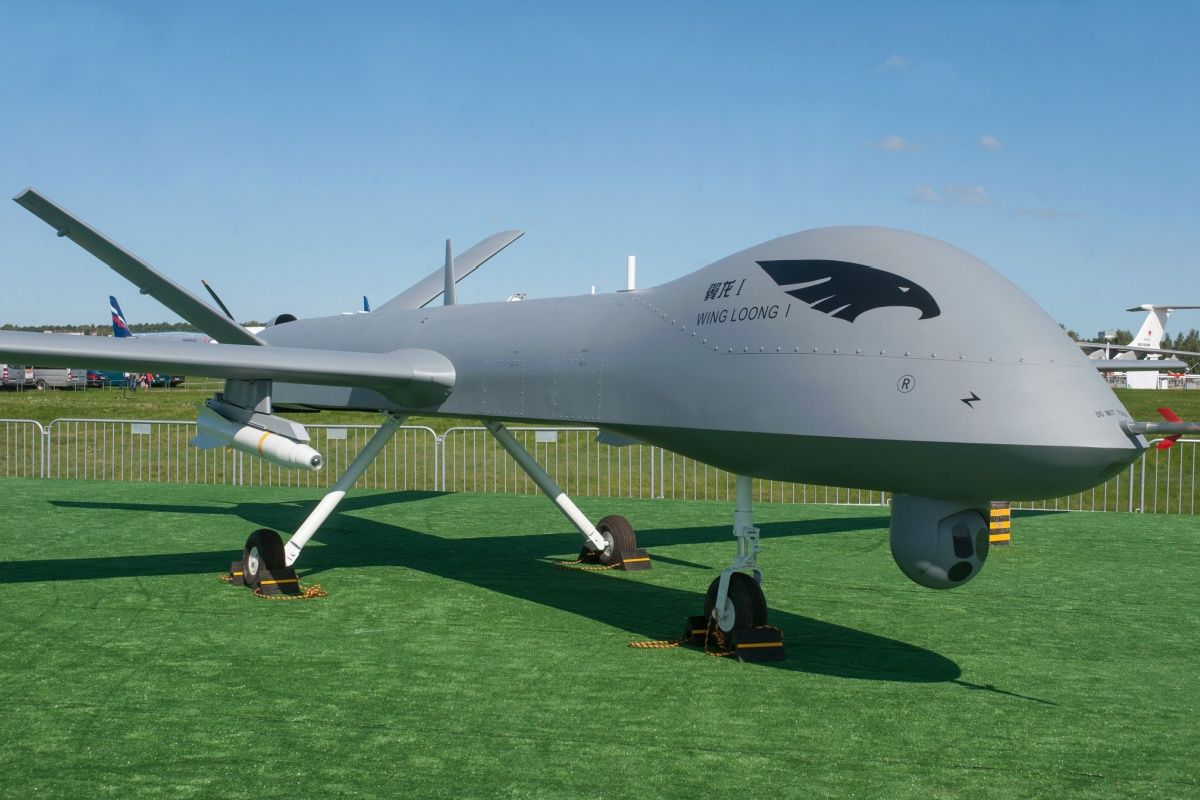Summary Chinese drones violated Vietnam's airspace, possibly to disrupt growing cooperation with the Philippines. Recent incidents highlight China's historical pattern of "divide and rule" tactics in the region. Long-standing tensions between Vietnam and China stem from historical invasions and disputes over maritime territories.
Chinese drones are reported to have violated Vietnam's airspace twice recently. According to the Voice of America (VOA), this is believed to be in response to growing cooperation between the two Southeast Asian countries and a recent joint Coast Guard training exercise. Through the Nine-Dash Line (called the "Cow's Tongue Line" in Vietnam), China lays claim to large maritime areas internationally recognized as part of the Philippines and Vietnam.

China is second in fighter jet production to the United States and is increasingly exerting control in the region. China violated Vietnamese airspace with recon drone The VOA quoted the Indonesian news outlet as saying, " The Chinese WZ-10 surveillance drone entered Vietnam's airspace twice in close succession, in response to joint exercises with the Philippines ." VOA also notes a professor (Vu Duc Khanh) at the University of Ottawa saying that China's tactic has long been to " divide and rule.
" Vu said, "Any cooperation is likely to affect China’s status as a regional power. Therefore, it will seek to disrupt it. " The first violation occurred on August 2, and the second happened last Wednesday.
On both occasions, the Chinese aircraft was believed to have been the Wing Loong-10 recon drone. The joint Philippine and Vietnamese coast guard drills were first conducted in Manila Bay before heading into the South China Sea. China is also frequently angered by Philippine exercises with the United States, Australia, and other countries in the region.
China has claims in the region that include waters and/or islands internationally recognized as belonging to South Korea, Japan, the Philippines, Vietnam, Brunei, and Malaysia. These overlapping claims lead to confrontation. For example, a Chinese J-10 fighter jet recently dumped flares on an Australian military helicopter in what Australia claims was international waters.
An ex-US marine Australian-naturalized pilot looks set to be extradited to the US to face charges of assisting in training Chinese pilots. Long-running rivalry The last time China invaded Vietnam was in 1979. After the American withdrawal from the Vietnam War and the fall of Saigon, Vietnam became aligned with the USSR while neighboring Communist Cambodia (ruled by the ruthless Khmer Rogue) became China-aligned.
This was after the Sino-Chinese split of 1960 and the Soviets and Chinese were fighting a cold war in parallel with the more famous Cold War with the West (the Soviets and Chinese also fought each other directly in the Border War of 1969). Tensions boiled over, and in 1979, China briefly invaded Vietnam in a four-week war that Vietnam is widely considered to have won. Border conflicts between the two communist countries continued until 1991, with the end of the Cold War and the collapse of the USSR.
While Vietnam and China have since cooperated, Vietnam is frequently enraged by China's claims to the South China Sea and islands claimed by Vietnam (including the Spratly Islands—called Quần đảo Trường Sa in Vietnamese)..



















